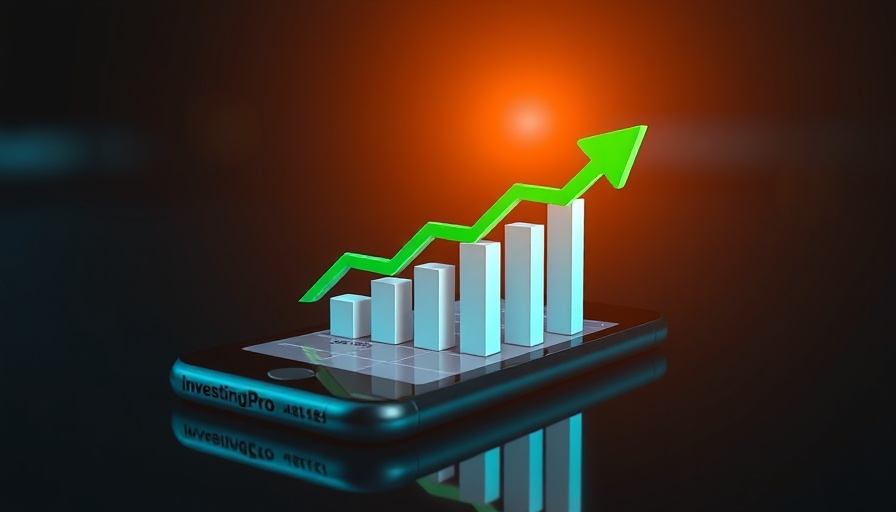
Why Copper’s Price Spike Could Affect Your Investments
Recently, copper prices have surged past the $10,000 mark, driven by a combination of tariff speculations and tightening supply across global markets. This significant price increase marks a notable shift in the commodities market, and it can have broader implications for investors, especially those involved in sectors like construction, manufacturing, and renewable energy.
Understanding Supply and Demand Dynamics
The rising costs of copper can be attributed to several factors, with supply chain disruptions at the forefront. The anticipated influx of copper into the U.S. is being hampered by trade uncertainties. Current market dynamics illustrate a 12% premium between COMEX and LME copper, incentivizing traders to prioritize certain markets, leading to a significant reshuffling of resources. For investors involved in commodities trading or ETFs based on materials, this shift may require reevaluation of investment strategies to capture emerging opportunities.
Market Volatility: Risks and Opportunities
With copper being a crucial element in various industries, from electronics to construction, its rising prices can indicate a broader volatility on the market. While this may pose risks for standard investors, it also opens doors to profitable trading strategies. Understanding how market movements like this can impact sectors such as renewable energy—where copper is a key component in solar panels—might provide early investment opportunities for those looking to diversify their portfolios.
Future Predictions: What Lies Ahead for Short and Long-Term Investors
As copper's prices continue to fluctuate, it’s vital for investors to consider how these shifts will affect long-term trends in related industries. Analysts predict that the push towards sustainable technologies will mean an increased demand for copper, suggesting that investment in related sectors might be fruitful. If you are considering growth stocks in technology or sustainable investments, monitoring copper's trajectory could provide critical insights into future market performance.
By Understanding Economic Indicators, You Can Enhance Your Investment Strategies
Investing is not just about picking stocks; it's about recognizing underlying economic indicators. Monitoring commodities such as copper can inform broader market analysis, offering insights into inflation and risk management strategies. For those investing in real estate or other sectors heavily dependent on materials costs, being aware of copper's price trends might shape decisions about project financing or cost estimates significantly.
How Diversification Can Shield You from Market Fluctuations
Considering the current volatility, portfolio diversification remains essential. Investors should not only focus on direct exposure to copper but also explore related sectors that may benefit from its price movements. Building a mixed portfolio that includes commodities, technology stocks, and sustainable investments can position investors to better weather market storms and capitalize on growth areas.
Taking Action: Stay Informed and Adjust Your Investment Strategy
For investors aiming to effectively navigate these complex market dynamics, continuous education is key. Dive into market research tools and stay updated with stock market trends. Engaging with professionals in investment communities can also provide collaborative strategies for leveraging knowledge around trending commodities like copper.
As copper prices soar, the implications for investors are clear: adapting to market conditions can yield significant benefits. Adjust your strategies, educate yourself on the trends, and explore diverse opportunities to maximize your investment outcomes.
 Add Row
Add Row  Add
Add 



Write A Comment